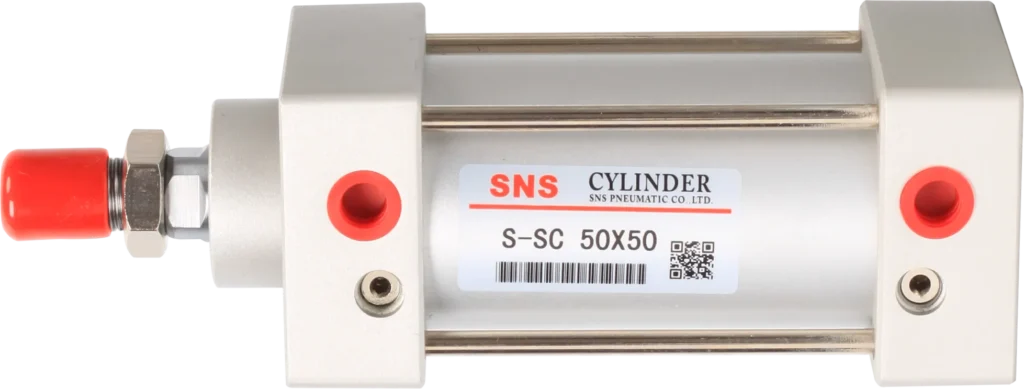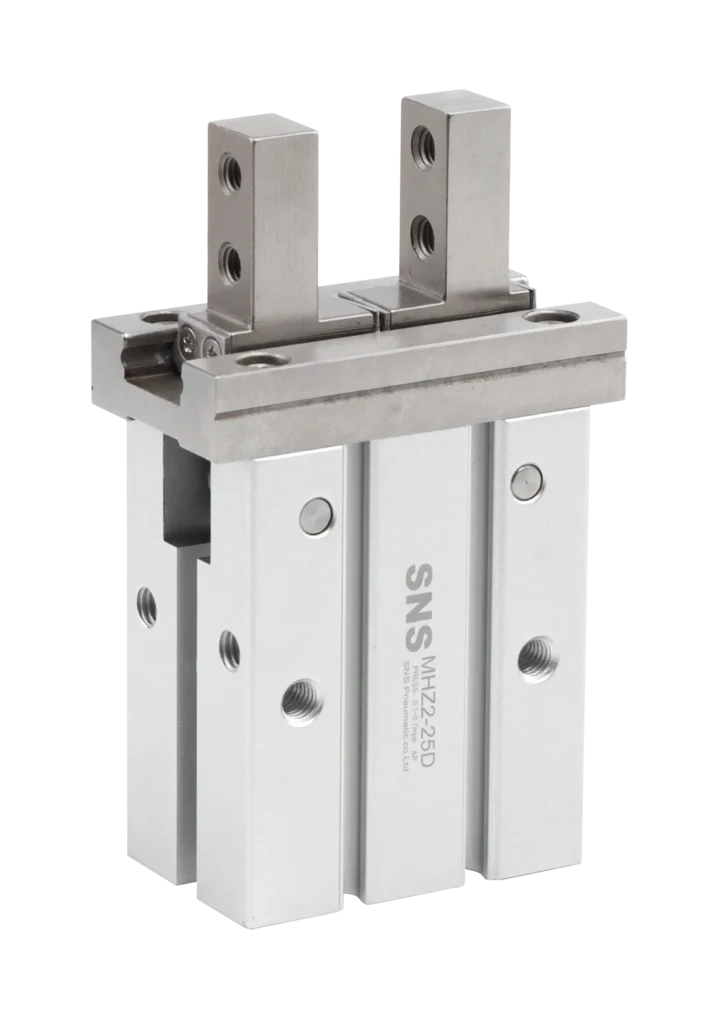How to Bleed Hydraulic Cylinder
Hydraulic cylinders are essential components in various industrial and construction machinery. Over time, air can become trapped within the cylinder, leading to inefficient operation and potential damage.
This blog post will provide a comprehensive, step-by-step guide on how to properly bleed a hydraulic cylinder, ensuring optimal performance and extending its lifespan.
Tools and Materials Required
- Wrenches spanners that fit the bleed valve
- New, clean hydraulic fluid that’s compatible with your system
- A see-through container to catch the fluid and air that comes out
- Rags or shop towels for cleaning up any spills or drips
- Safety gear like gloves and protective glasses
- You might also want a power unit to help cycle the cylinder faster
Step-by-Step Hydraulic Cylinder Bleeding Procedure
When it comes to bleeding a hydraulic cylinder, following a step-by-step procedure is essential to ensure that all air is removed from the system effectively. Here’s a detailed explanation of the bleeding process in plain English:
Step 1
Ensure that the hydraulic system is depressurized and the machine is turned off to prevent any accidental movement or injury.
Step 2
Position the hydraulic cylinder so that the bleed port or valve is located at the highest point. This allows the air to rise to the top of the cylinder, making it easier to expel during the bleeding process.
If the cylinder is mounted vertically, the bleed port should be at the top end of the cylinder.
Step 3
Clean the area around the bleed port or valve to prevent any dirt or debris from entering the hydraulic system during the bleeding process.
Wipe the area with a clean cloth or use compressed air to blow away any particles.
Step 4
Attach a bleed hose or tube to the bleed port or valve. The other end of the hose should be placed in a container to collect the expelled hydraulic fluid and air.
Make sure the container is large enough to accommodate the expected volume of fluid.

Step 5
loosen the bleed valve or port to allow the air and fluid to escape. Be cautious as the fluid may be under pressure and can spray out forcefully.
The bleed valve should be opened just enough to allow a steady flow of fluid and air bubbles.
Step 6
Slowly actuate the hydraulic cylinder by either manually moving the piston rod or by using the machine’s controls (if safe to do so). This action helps to push the air bubbles towards the bleed port.
Step 7:
As you actuate the cylinder, keep an eye on the fluid flowing from the bleed hose into the container.
Initially, you may notice a mixture of hydraulic fluid and air bubbles. Continue the bleeding process until you see a steady stream of fluid without any air bubbles.
Step 8
Once you have achieved a bubble-free fluid flow, close the bleed valve or port while the cylinder is still being actuated. This prevents any air from re-entering the system.
Step 9
After completing the bleeding procedure, cycle the hydraulic cylinder through its full range of motion several times to ensure smooth and air-free operation.
Observe the cylinder’s behavior and check for any unusual noises, jerky movements, or inconsistent performance.
Step 10
Once the bleeding process is complete, properly dispose of the collected hydraulic fluid and any contaminated materials according to local regulations. Clean up any spills or splashes to maintain a safe and tidy work area.
Tips for Hydraulic Cylinder Bleeding
- Start bleeding components farthest from the pump and work your way in. This helps push air towards the reservoir.
- Focus on one cylinder or line at a time to avoid mixing up which ones have been bled.
- Keep the fluid tank topped up during bleeding so no new air gets sucked in.
- Using a power unit to cycle the cylinder speeds up bleeding compared to doing it manually.
- Double check that all fittings are snug. Loose connections let air sneak back in.
Signs Your Hydraulic Cylinder Needs Bleeding
- Spongy Operation: Indicates air in the cylinder, making controls less responsive.
- Jerky Movement: Air causes uneven or erratic cylinder motion.
- Unusual Noises: Air can lead to knocking, banging, or chattering sounds.
- Slow Performance: Air may cause the cylinder to move sluggishly, especially under load.
- Foamy Fluid: Foamy or milky hydraulic fluid signals air contamination.
- Overheating: Inefficient operation from air leads to increased heat.
- Reduced Power: Air in the cylinder can lower the system’s lifting capacity.

Do you need to bleed air out of hydraulic lines
Yes, you need to bleed air out of hydraulic lines.
Bleeding hydraulic lines removes trapped air bubbles that can cause erratic operation, reduced efficiency, and damage to components in the hydraulic system.
When to Bleed Hydraulic Cylinders
- Initial Installation: Bleed new hydraulic cylinders to remove air, preventing erratic movements and potential damage.
- Maintenance or Repairs: Bleed cylinders after any maintenance or repairs to eliminate introduced air and optimize performance.
- Fluid Change: Bleed cylinders post-fluid change to ensure the system works efficiently with the new fluid.
- Preventive Maintenance: Regularly bleed cylinders as part of maintenance to maintain smooth operation and prevent issues.
Are Hydraulic Cylinders Self Bleeding
Hydraulic cylinders are not typically self-bleeding. To remove air from a hydraulic cylinder, you usually need to manually bleed it by opening a valve and pushing the cylinder through its full range of motion to force out any trapped air.
Conclusion
Bleeding a hydraulic cylinder is crucial for maintaining its efficiency and longevity.
By following the correct steps, you can ensure smooth operation and prevent potential damage.
For more detailed guidance and tips on maintaining your hydraulic systems, explore our resources or contact our experts today.
Let’s keep your machinery in top condition together!


